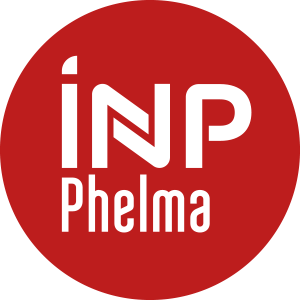Number of hours
- Lectures 12.0
- Projects 0
- Tutorials 6.0
- Internship 0
- Laboratory works 0
ECTS
ECTS 1.5
Goal(s)
Introduction to Information Theory set by Claude Shannon in a communication context.
Application to give achievable bounds in terms of data compression (source coding)
and reliable transmission over noisy channel (channel capacity).
Content(s)
1 - General tool for Information Theory : measure of information, entropy, mutual information, Kullback-Leibler divergence, information rate, introduction to
sources with memory and to Markov sources
2 - Source coding : properties, Kraft inequality, first Shannon Theorem, Shannon-Fano and Huffman coding techniques
3 - Capacity and channel coding : capacity, redundancy, second Shannon (fundamental) Theorem, introduction to channel coding.
4 - Information Theory for continuous random variables, channel capacity for Additive White Gaussian Noise channel
Prerequisites
Session 1 :
2 hours supervised written examination.
Course materials are not allowed, except for a handwritten double-sided A4 sheet.
Calculator is authorized
Session 2 : 2 hours supervised written examination.
Course materials are not allowed, except for a handwritten double-sided A4 sheet.
Calculator is authorized
Session 1 :
If in-person courses and examination possible: 2 hours supervised written examination
else : homework report
Session 2 :
If in-person examination possible : 2 hours supervised written examination
else: distance examination
T.M. Cover, J.A. Thomas, Elements of Information Theory, Wiley & Sons, 2nd edition, 2006.
G. Battail, « Théorie de l'information : application aux techniques de communication », col. pédagogique de Télécommunication, MASSON, 1997
F. Auger, « Introduction à la théorie du signal et de l'information , cours et exercices », Ed. Technip, 1999



